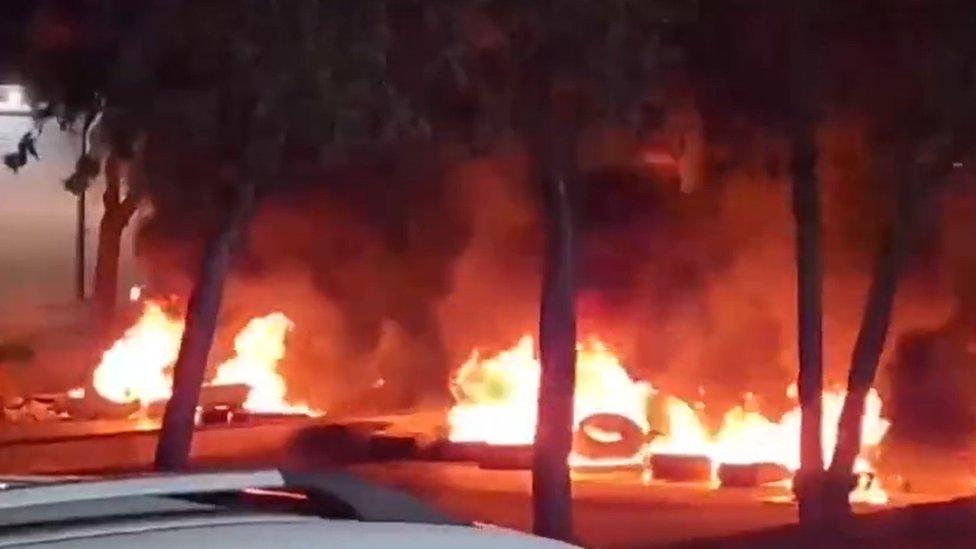Iran signals determination to enforce hijab rules
- Published
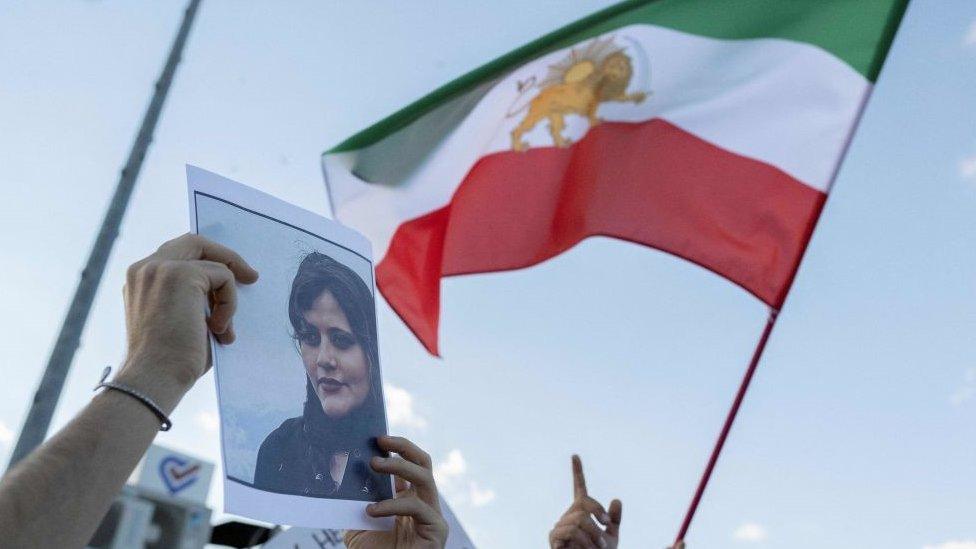
Protests swept across the Islamic Republic following the death in custody of Mahsa Amini in September
Authorities in Iran have been making clear their determination to enforce the compulsory hijab on women.
It comes after months of protests demanding an end to the restriction.
A hardline Iranian MP has issued an ultimatum to the judiciary to come up with measures to put a stop to women flouting the rules on headscarves, within the next 48 hours.
The mass protests that erupted across Iran in September have largely been quelled for now by brute force.
But some women continue to defy the rules on wearing a mandatory headscarf in public. Videos and pictures posted online show the upswell of frustration and anger with the restrictions is still a potent force in Iranian society.
A video posted this week shows a man throwing a tub of yoghurt in the face of an unveiled woman. His action was met with outrage by male and female bystanders.
Protests swept across the Islamic Republic following the death in September of Mahsa Amini, a 22-year-old woman detained by morality police in Tehran for allegedly wearing her hijab "improperly".
Thousands have been arrested and four protesters have been executed since December. But the authorities show no sign of relenting.
The interior ministry announced this week that there would be no retreat or tolerance on the issue. The statement said that the hijab remained an essential element of Islamic law and as such would remain one of the key principles of the Islamic Republic of Iran.
The unyielding rhetoric echoed that of the head of the judiciary, Gholamhossein Mohseni-Ejei, who recently said that women who do not wear the head covering would be prosecuted without mercy.
Now, a hardline MP has said that legislative measures must be taken to enforce what he called the "divine decree" of the hijab.
Hossein Ali Haji Deligani said that if the judiciary did not provide such action within the next 48 hours, then MPs would put in motion a bill to fill the legal vacuum.
He said that it would be in line with a report by the parliamentary cultural commission on "chastity and the hijab".
The protests widened to encompass calls for a complete overhaul of the Islamic Republic - but it remained rooted in the issue of the hijab.
The image of Mahsa Amini has remained the most potent symbol of the movement, which for a while was able to shake the foundations of the theocracy that has ruled Iran for more than 40 years.
The BBC has mapped how the death of Mahsa Amini sparked widespread unrest in Iran
Related topics
- Published20 March 2023
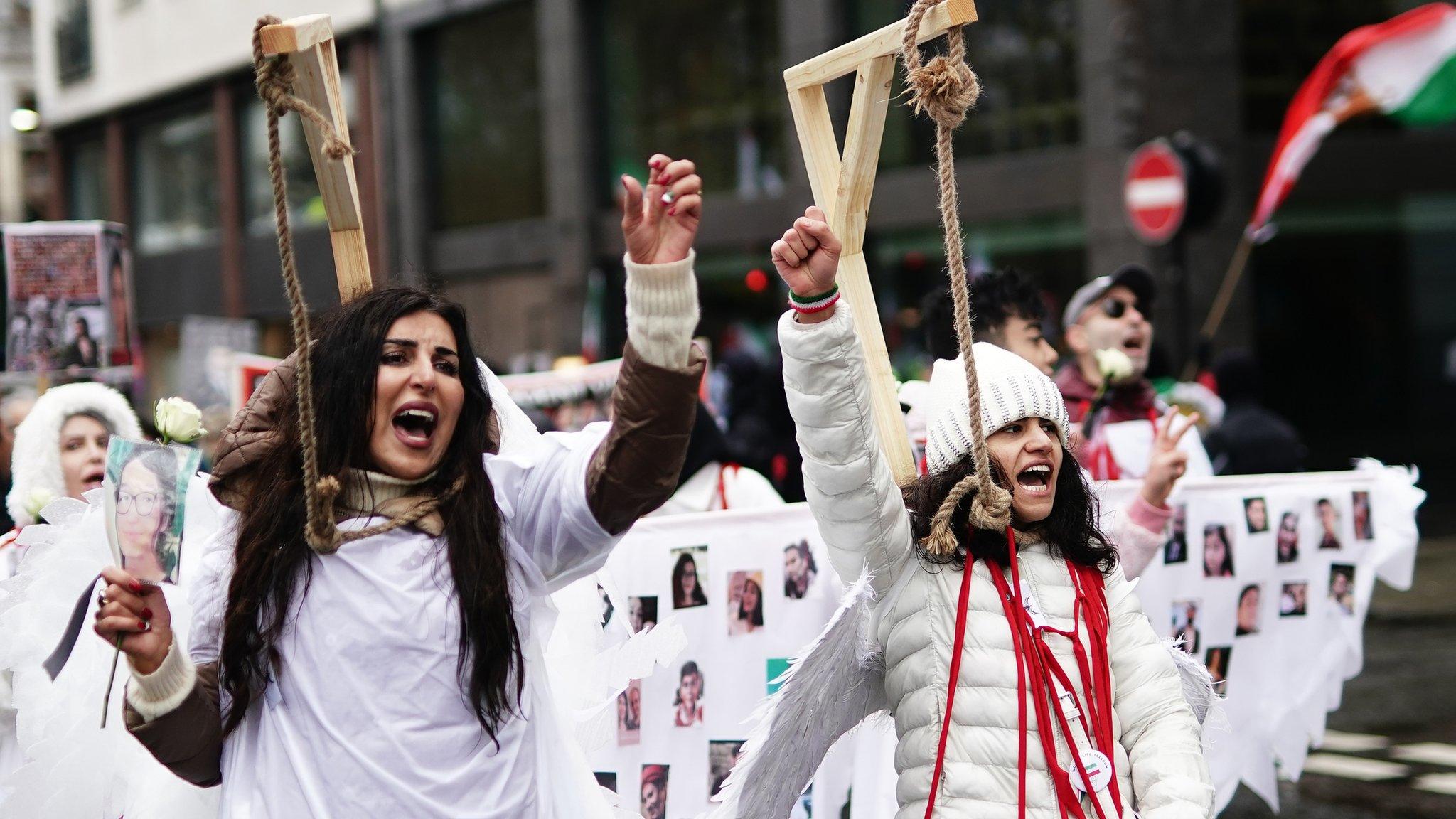
- Published18 January 2023
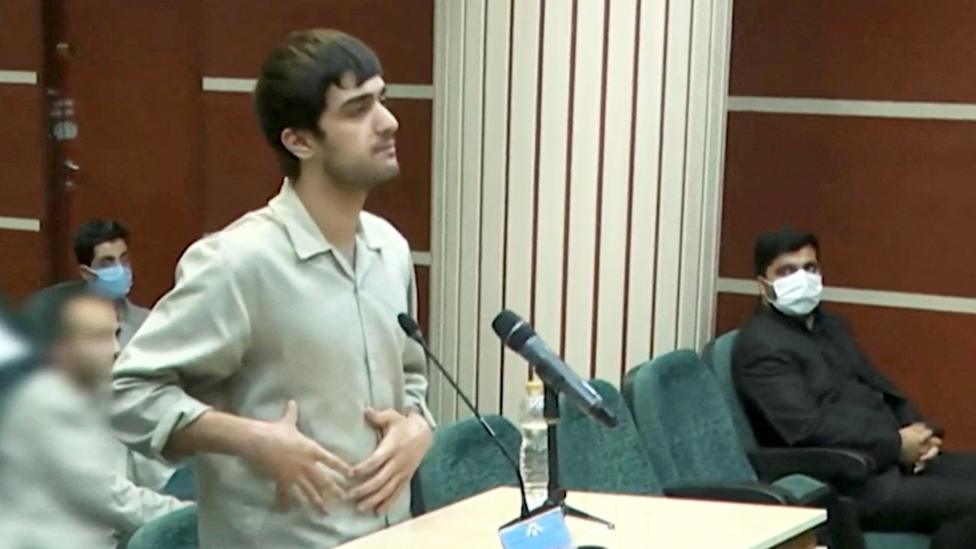
- Published12 December 2022
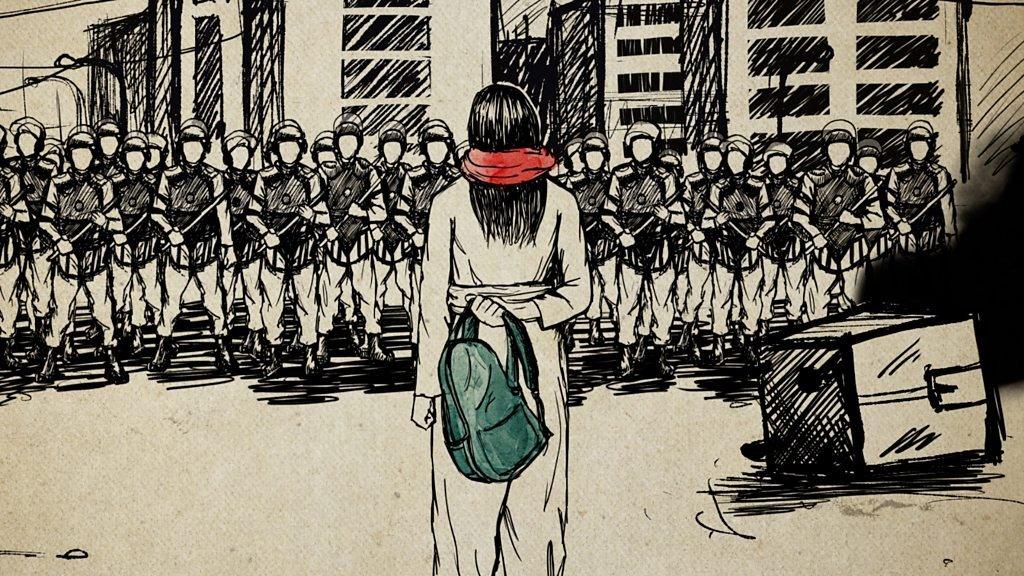
- Published17 February 2023
